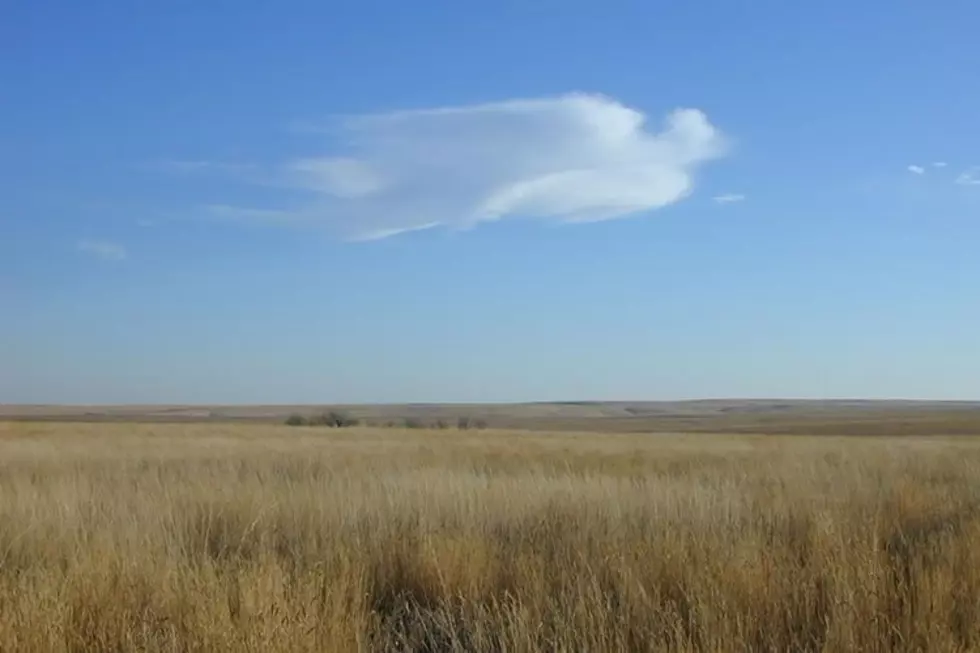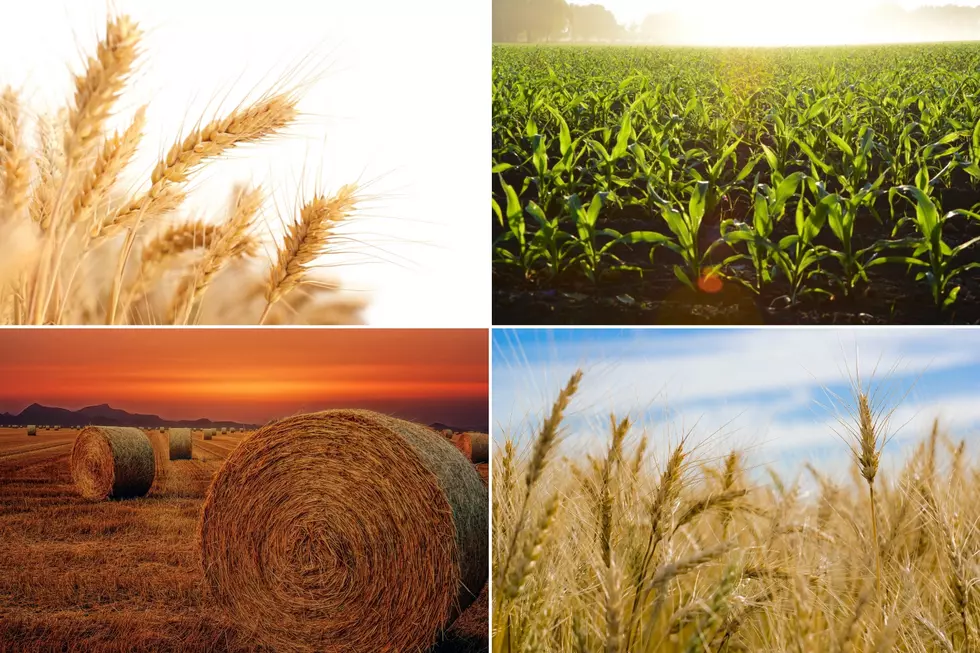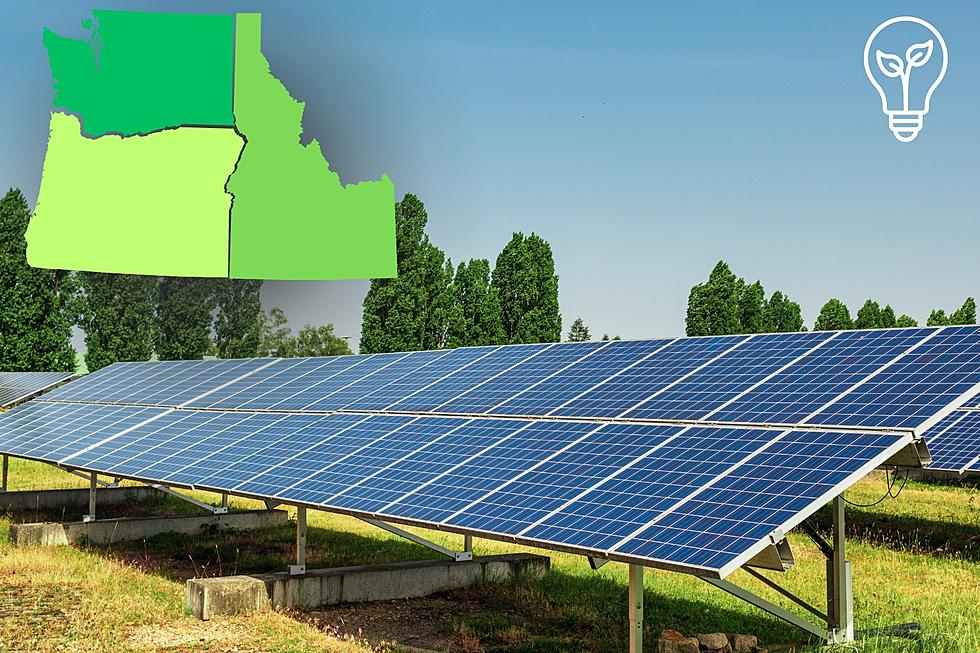
USDA Accepts 2.7 Million Acres in CRP
USDA is an equal opportunity provider, employer and lender.
Source: U.S. Department of Agriculture
Comments After WSDOT Wrongly Identified Elk as Moose
More From PNW Ag Network










WASHINGTON, July, 2023 – The U.S. Department of Agriculture (USDA) is accepting offers for nearly 2.7 million acres from agricultural producers and private landowners through this year’s Grassland Conservation Reserve Program (CRP) signup, which received a record setting sign-up of 4.6 million acres in offers. This working lands program allows producers and landowners to continue grazing and haying practices while protecting grasslands and further the CRP’s impacts. Grassland CRP is part of the Biden-Harris administration’s broader effort to address climate change and conserve natural resources.
“This year’s Grassland CRP signup demonstrates the continued popularity, success and value of investments in voluntary, producer-led, working lands conservation programs,” said Zach Ducheneaux, administrator of USDA’s Farm Service Agency (FSA). “Grassland CRP clearly demonstrates that conservation priorities and agricultural productivity not only have the capacity to coexist but also complement and enhance one another. Through all our working land conservation programs, farmers and ranchers play a critical role in helping secure the future of both our food production and our natural resources.”
USDA had to accept fewer acres and a lower percentage of offers than in 2022 because the program has reached its acreage cap, Ducheneaux added. “With a low number of acres expiring in 2024 and 2025, getting any closer to the statutory cap of 27 million acres would hinder USDA’s ability to conduct meaningful future signups or to implement existing and new Conservation Reserve Enhancement Partnership (CREP) agreements in 2024.”
Grassland CRP leverages working lands practices to improve biodiversity and conserve environmentally sensitive land. To target conservation in key geographies, USDA prioritizes land within two National Priority Zones: the Greater Yellowstone Ecosystem and the Dust Bowl area. Building upon the nearly 2.4 million acres already in the Priority Zones, this year’s more than 900,000 acres continues to robustly demonstrate that producers in these areas recognize the keen conservation value of Grassland CRP. Land enrolled in these zones will contribute to broader USDA conservation efforts through Working Lands for Wildlife by conserving working grasslands and other lands that underpin iconic big game migrations.
Grasslands enrolled in CRP help sequester carbon in vegetation and soil, while enhancing resilience to drought and wildfire. Meanwhile, producers can still conduct common grazing practices, such as haying, mowing or harvesting seed from the enrolled land, which supports agricultural production.
Top states for this year’s Grassland CRP signup include:
In addition to the Grassland signup, FSA also has accepted more than 1 million acres through the General signup, and more than 465,800 acres have been submitted through the Continuous CRP signup so far this year, on pace to be similar to last year’s nearly 900,000-acre enrollment.
Broadening Reach of Program As part of USDA’s Justice40 efforts, producers and landowners who are underserved, including beginning farmers, limited-resource producers and military veterans, received 20 additional ranking points to enhance their offers. USDA accepted 1.8 million acres from underserved producers, about 74% of the total acres submitted by the 6,400 underserved producers who submitted offers.
Additionally, USDA is working to broaden the scope and reach of Grassland CRP by leveraging CREP to engage underserved communities. CREP is a partnership program that enables states, Tribal governments, and non-profit entities to partner with FSA to implement CRP practices and address high priority conservation and environmental objectives. Interested entities are encouraged to contact FSA.
More Information
Producers can still make an offer to participate in CRP through the Continuous CRP signup, which is ongoing, by contacting FSA at their local USDA Service Center.
USDA touches the lives of all Americans each day in so many positive ways. Under the Biden-Harris administration, USDA is transforming America’s food system with a greater focus on more resilient local and regional food production, fairer markets for all producers, ensuring access to safe, healthy and nutritious food in all communities, building new markets and streams of income for farmers and producers using climate smart food and forestry practices, making historic investments in infrastructure and clean energy capabilities in rural America, and committing to equity across the Department by removing systemic barriers and building a workforce more representative of America. To learn more, visit usda.gov.
USDA is an equal opportunity provider, employer and lender.
Source: U.S. Department of Agriculture








